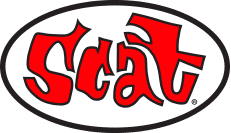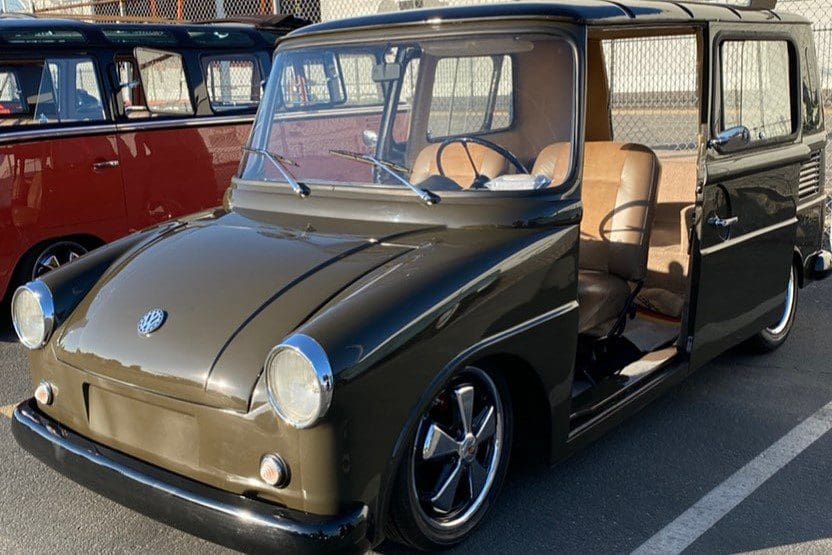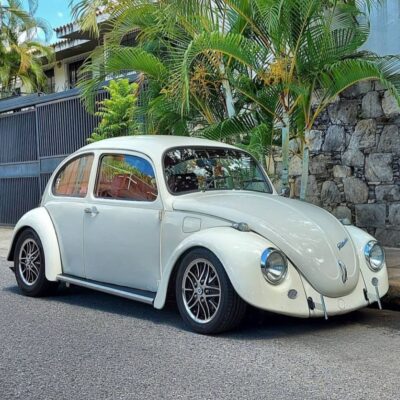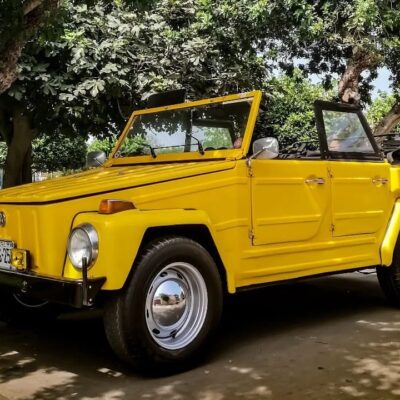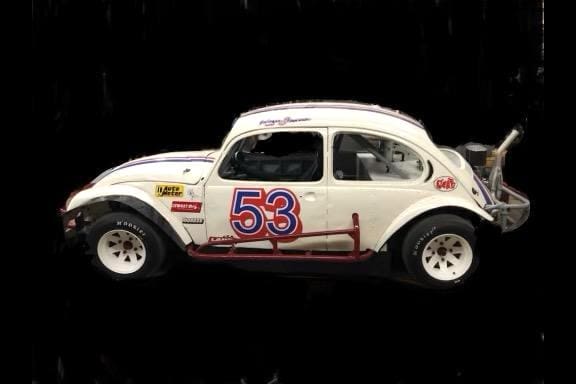The Volkswagen Type 147, famously known as the “Fridolin” or “Kurierwagen,” holds a significant place in the history of Volkswagen and automotive design. Produced from 1964 to 1974, this unique commercial vehicle showcased Volkswagen’s innovative approach to utility vehicles.
The history of the Type 147 traces back to the early 1960s when Volkswagen sought to develop a compact and efficient delivery vehicle. Inspired by the success of the Volkswagen Beetle, the Type 147 was designed to offer practicality, reliability, and cost-effectiveness for businesses and individuals.
The design of the Type 147 was distinctively boxy and functional. It featured a compact body with a spacious cargo area at the rear. The vehicle had a two-door configuration, with a large rear opening for easy loading and unloading of goods. The driver and passenger seats were positioned in the front cabin, providing excellent visibility and comfort.
One of the notable design elements of the Type 147 was its rear-engine layout, similar to the Volkswagen Beetle. This configuration allowed for a roomy interior and improved traction on the road. The air-cooled engine, located at the rear, provided reliable performance and enhanced maneuverability.
The Type 147 gained popularity as a versatile delivery vehicle, serving a wide range of businesses, including postal services, bakeries, and florists. Its compact size made it ideal for navigating narrow streets and congested urban areas, while its reliability ensured efficient deliveries.
Beyond its utilitarian purpose, the Type 147 left a lasting impact on automotive design. Its boxy shape and functional features became iconic, influencing future generations of commercial vehicles. Today, the Type 147 holds a special place in the hearts of collectors and enthusiasts, who appreciate its unique design and historical significance.
The Volkswagen Type 147, or Fridolin/Kurierwagen, remains a testament to Volkswagen’s commitment to producing practical and innovative vehicles. Its history and design showcase the brand’s dedication to meeting the diverse needs of businesses and individuals, while leaving an enduring legacy in the automotive world.
Featured image courtesy of VW Trends Magazine
For over 50 years, SCAT has developed, engineered, and manufactured the most comprehensive product line in the automotive aftermarket. SCAT has grown from a distributor of specialty Volkswagen parts into the premier manufacturer and distributor of high-performance aftermarket engine components for a wide range of American and foreign engines. SCAT, one of the original founders of the VW aftermarket, is extremely proud of its 42,000-square-foot manufacturing and warehousing facility in Redondo Beach, California, U.S.A., where it houses over 20 CNC machines, 12 crankshaft grinding machines, 8 polishers, 12 rod honing machines and complete in-house manufacturing, engineering, and programming capability. It is with this capability and the capability of overseas manufacturing operations that SCAT is able to deliver the highest-quality and most-reliable performance parts in the industry. SCAT has many new product offerings and continues to offer the most comprehensive line of aftermarket parts for VW.
SCAT is dedicated to continuing our quest for excellence to keep Volkswagens running and performing at the highest level. As always, SCAT wants to thank you for your business and look forward to continuing to service your VW aftermarket performance needs.
